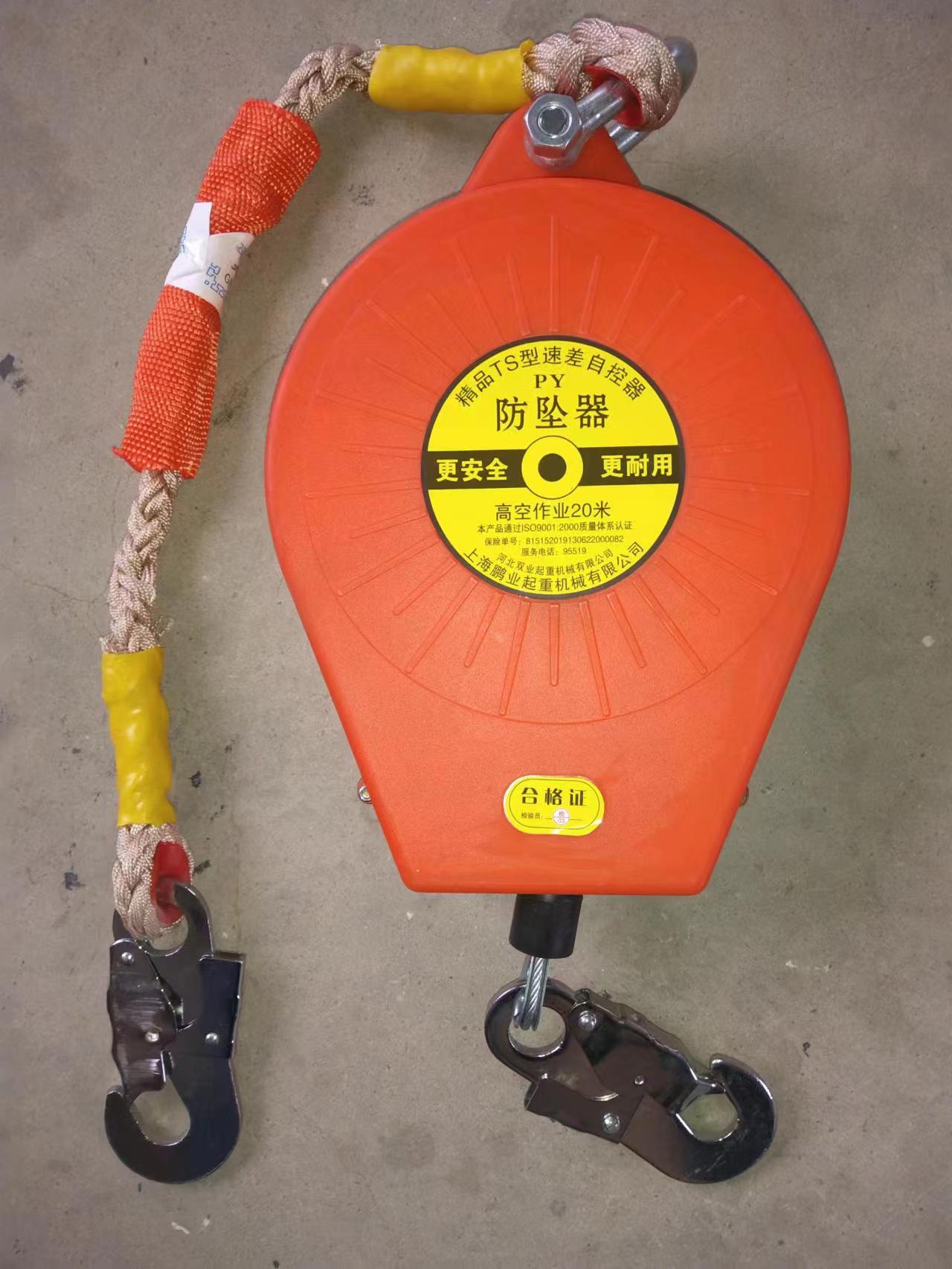


Understanding Lever Blocks A Comprehensive Overview
Lever blocks, also known as lever hoists, are essential tools in various industries for lifting and moving heavy loads. They are particularly valued for their simplicity, portability, and effectiveness, making them an indispensable piece of equipment in construction, manufacturing, and maintenance operations.
What is a Lever Block?
A lever block is a manually operated lifting device that utilizes the mechanical advantage of a lever to lift heavy objects. It consists of a heavy-duty chain, a hook, a hand lever, and a ratchet mechanism. The primary function of the lever block is to lift heavy loads by using minimal effort, essentially allowing a user to multiply their lifting power.
How Does It Work?
The operation of a lever block is straightforward. When the user pulls down on the hand lever, the ratchet mechanism engages the chain, causing it to lift the load attached to the hook. The mechanical advantage comes into play thanks to the leverage created by the operator’s manual force. The design allows the operator to lift substantially heavier loads than they could lift unaided.
Key Features and Benefits
1. Portability One of the standout features of lever blocks is their lightweight and compact design. They can be easily transported to various job sites, making them suitable for tasks that require mobility.

2. Ease of Use Lever blocks are designed for manual operation, meaning they require no electrical power or complex setups. This simplicity allows for quick deployment and immediate use, making them ideal for emergency situations or when quick adjustments are needed.
3. Versatility These tools can be used across multiple applications, including construction, warehousing, rigging, and even DIY projects. They can lift loads vertically, horizontally, or at any angle, depending on the user’s needs.
4. Safety Features Most lever blocks come equipped with safety mechanisms, such as a load limiter and automatic braking systems, to prevent overload and ensure user safety. These features make them a reliable choice for lifting operations.
Applications in Different Industries
Lever blocks are widely used in various sectors. In construction, they are often employed for lifting building materials and equipment. In manufacturing, they can be used for assembly line tasks and maintenance activities. The shipping and logistics industry also relies on lever blocks to move heavy cargo and facilitate loading and unloading.
Conclusion
In summary, lever blocks are a practical and effective solution for lifting and moving heavy objects in a wide range of applications. Their design, which capitalizes on the principles of leverage, enables users to perform tasks that would otherwise require more strength and time. As workplaces continue to seek efficiency and safety, lever blocks will undoubtedly remain a staple tool in many industries. Understanding their operation, benefits, and applications can help users make informed decisions and optimize their lifting processes. Whether for industrial use or personal projects, lever blocks offer a safe, efficient, and reliable lifting solution.



